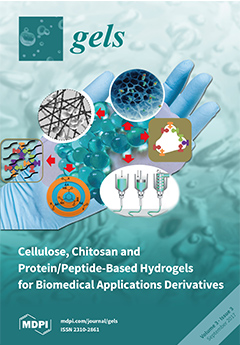Titanium dioxide (TiO
2) nanotube and its hybrid nanotubes (with various metal oxides such as Ta
2O
5, Nb
2O
5, ZrO
2, and SiO
2) were fabricated by the sol-gel polymerization in the ethanol gels formed by simple
l-lysine-based organogelator. The self-assembled nanofibers (gel fibers) formed by the gelator functioned as a template. The different calcination temperatures gave TiO
2 nanotubes with various crystalline structures; e.g., anatase TiO
2 nanotube was obtained by calcination at 600 °C, and rutile TiO
2 nanotube was fabricated at a calcination temperature of 750 °C. In the metal oxide/TiO
2 hybrid nanotubes, the metal oxide species were uniformly dispersed in the TiO
2 nanotube, and the percent content of metal oxide species was found to correspond closely to the feed ratio of the raw materials. This result indicated that the composition ratio of hybrid nanotubes was controllable by the feed ratio of the raw materials. It was found that the metal oxide species inhibited the crystalline phase transition of TiO
2 from anatase to rutile. Furthermore, the success of the hybridization of other metal oxides (except for TiO
2) indicated the usefulness of the organogel route as one of the fabrication methods of metal oxide nanotubes.
Full article






